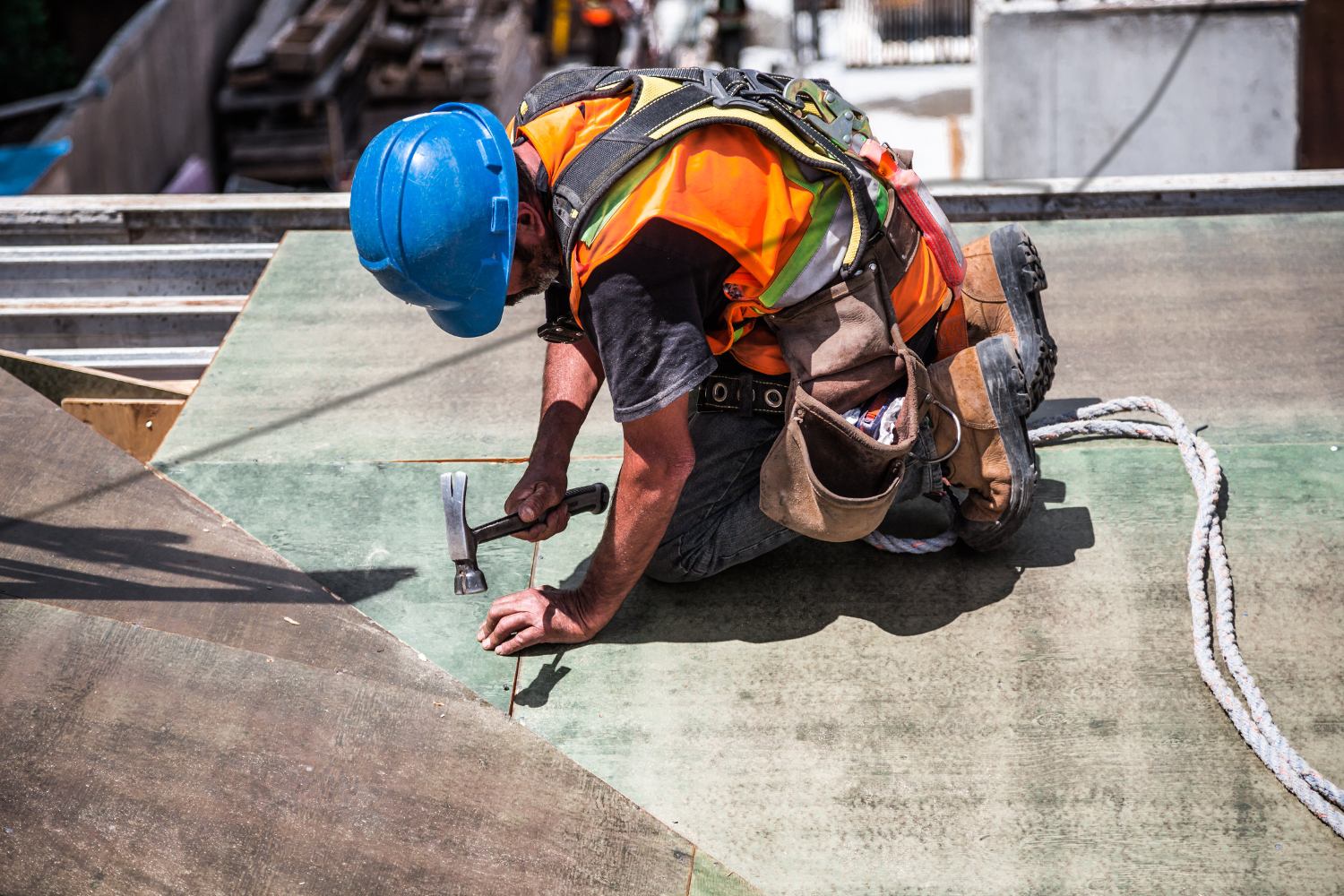
Risks and Exposures on the Job – Know Your Asbestos Levels
Mesothelioma is a rare and still barely understood form of cancer that is caused by exposure to the compound known as asbestos. When the particles of asbestos are breathed in and absorbed into the body it causes many harmful side effects the worst being the development of mesothelioma. There are three medically identified types of mesothelioma. Pleural mesothelioma, which makes up 70% of cases, attacks the lining of the lungs. Peritoneal mesothelioma grows in the abdominal cavity, and pericardial mesothelioma, which attacks the tissue that lines the heart. All forms are deadly thought the form that attacks the lungs is by far the most common and is the type that most people think of when they hear the term mesothelioma. With such a deadly disease, it is important to know what the risk factors are and how someone could potentially be exposed to asbestos and end up getting mesothelioma down the road. Asbestos.Net has the information, guidance, and resources you are looking for and can help you learn all you can about this dangerous substance and the illnesses it can cause.
How People Are Exposed
There are many ways people can come into contact with asbestos but usually, it is encountered through a job or a particular location the individual spends a lot of time at. Working materials on the job or living in a home with asbestos insulation or materials are often the way people come into contact with it. The most common way for asbestos fibers to enter the body during exposure is through breathing. In fact, asbestos-containing material is not generally considered to be harmful unless it is releasing dust or fibers into the air where they can be inhaled or ingested.
Top Five At-Risk Occupations
Many industries made use of products that contained asbestos, which put workers and their families at risk. However, the five worst professions are commonly thought to include:

Construction Worker
- Thousands of products, tools, and commonly used materials once were made with asbestos
- Demolition crews, as well as renovation teams, can get covered in dust containing asbestos
- Roofing and flooring materials in an older building can still have asbestos in them today
Firefighter
- Fires can burn material containing asbestos causing fibers to become airborne and inhaled
- Asbestos was used in firefighter’s clothing, helmets, and boots so exposure was constant
- Many firefighters were exposed during the 9/11 attacks, rescues, and clean up
Industrial Worker
- Jobs such as mechanics, foremen, warehouse workers, engineers, and the like were high risk
- Common items like papers, textiles, gaskets, and insulation all were made with asbestos
- Those who did installation and repairs were at highest risk for stirring up asbestos fiber dust
Power Plant Worker
- Many fireproofing materials and pipe insulation were mostly made of asbestos fibers
- Cutting old asbestos pipes and handling materials increased exposure
- Carrying cables, working on transformers, and repairing systems were high exposure tasks
Shipyard Worker
- Many of the mesothelioma lawsuits are from former shipyard workers and Navymen
- Those who did construction, demolition, and repair work experienced the most exposure
- The confined working conditions and high level of airborne material increased the risks
Knowing the risk for asbestos exposures can help you determine how at-risk you are from developing mesothelioma down the road. Know the risk and what your rights and options are and protect yourself and your family!










